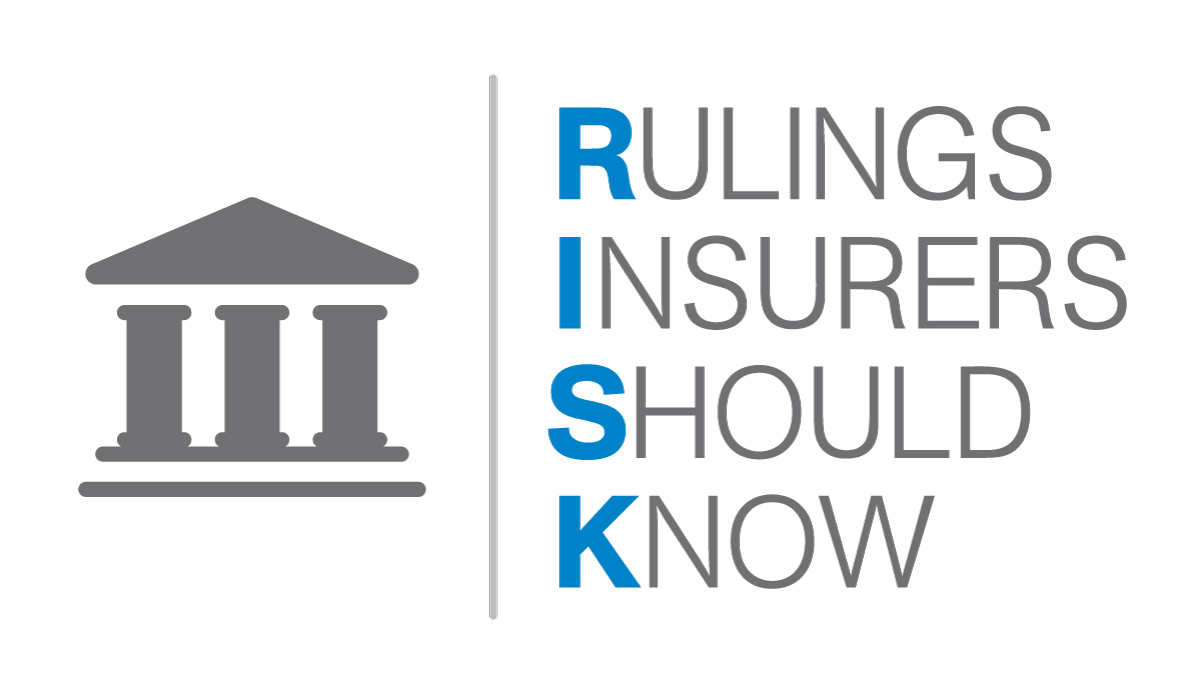Ice-ing on the Cake for Landlords in Slip & Fall Ruling

Kelly Santini’s Mitchell Kitagawa and Tor Potter recently achieved a successful result in a complicated insurance defence matter. Mitch and Tor represented a landlord that was being sued by a tenant who slipped and fell on ice at the front step of their row house. The lease stated that the tenant was responsible for snow removal from the front and back doors of the premises to the main walkways. The Court interpreted “snow removal” to include the removal of snow in all its states, including ice and slush.
The Court found that the obligation of a landlord under section 26(1) of the Maintenance Standards Regulation, to maintain exterior common areas, does not apply to the front step of a row house if it is used exclusively by the tenant. Likewise, the Court found that the obligation of a landlord under section 20(1) of the Residential Tenancies Act [RTA], to maintain a residential complex in a state of repair and fit for habitation, does not include snow or ice removal. The Court instead found that, like clearing leaves or mud, the obligation to remove snow and ice is encompassed by the obligation on tenants to maintain the ordinary cleanliness of the rental unit under section 33 of the RTA.
This decision serves to distinguish the difference in snow and ice clearing responsibility between single family rental properties like row houses, from multi-unit rental properties, such as apartment buildings. Apartment buildings may have exterior common areas, where a landlord is obligated to clear snow and ice, regardless of the wording of the lease. Row houses may have exterior exclusive use areas, such as a front step or walkway, for which a lease clause may validly require a tenant to be responsible for clearing snow and ice.
The written decision can be found at Crete et al. v. Ottawa Community Housing Corporation et al., 2023 ONSC 5141.



